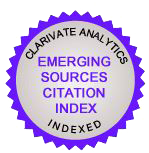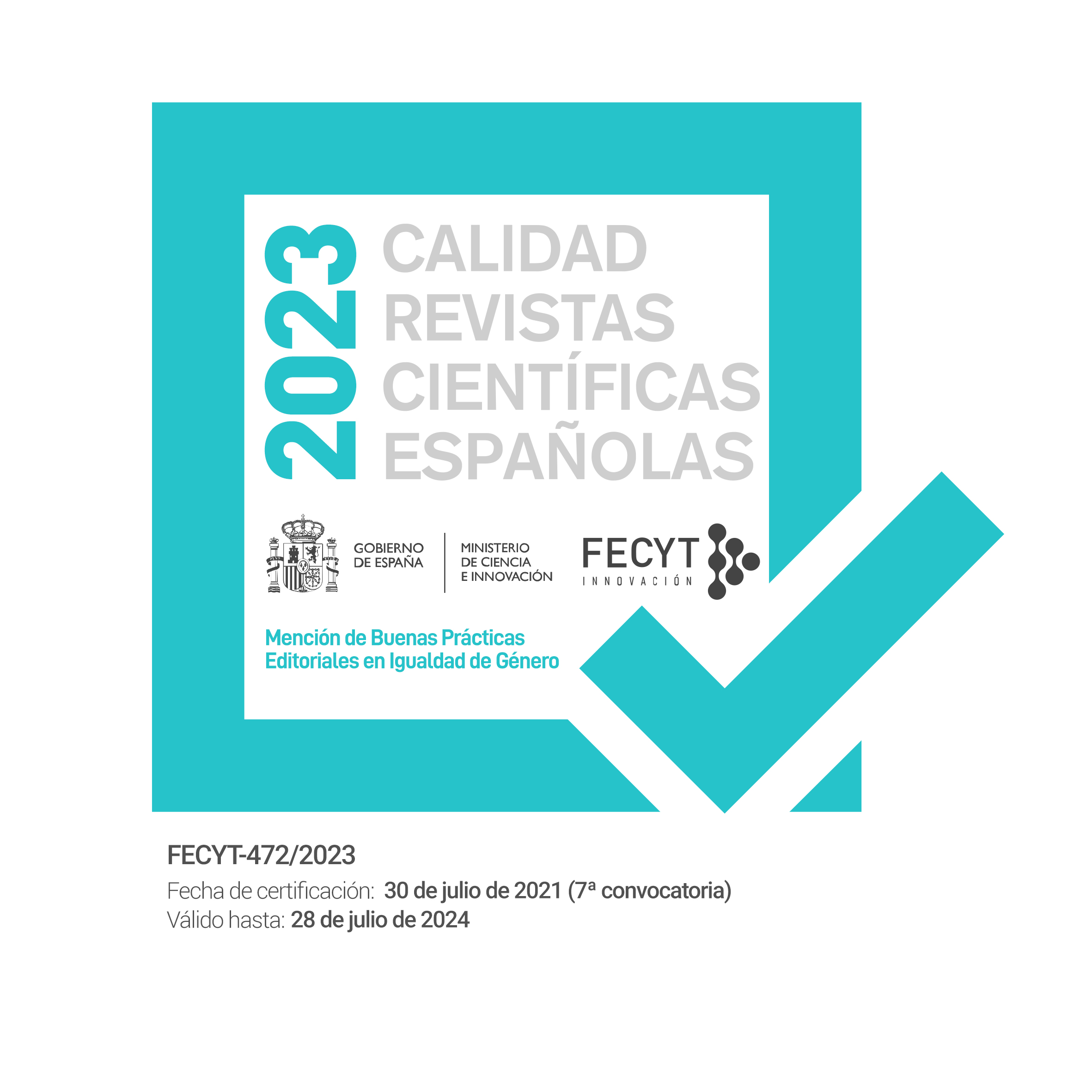The emergence of World Heritage Cultural Landscapes, with a focus on Viticultural landscapes
DOI:
https://doi.org/10.30827/erph.vi30.24392Keywords:
World Heritage, Outstandig universal value, Viticultural landscapes, Management plan, Evolution, EnvironmentAbstract
The most famous Convention UNESCO is no doubt the 1972 World Heritage one that lists nowadays 1154
natural or cultural properties presenting an “Outstanding Universal Value”, based on 10 various specified criteria. The inscription on the World Heritage List, when the site is properly managed, might highly contribute to the touristic, economic social development and to the wellbeing of the considered local population, hence its success.
If the terms of this Convention have not changed since its adoption, its interpretation and scope have much evolved on the long run, through the Operational Guidelines for its implementation. One big change happened in 1992 with the official recognition of cultural landscapes by UNESCO, a new category of properties completing the 3 initial ones (monuments, ensembles and towns, sites), halfway between cultural and natural sites, though labeled as cultural properties. Since then, 119 cultural landscapes have been listed, but many others, listed as “sites” or set on the Tentative Lists, could fall into that new category. This article first reflects on the evolution of this category and its potential to protect rural and agrarian landscapes. Secondly, it analyses World Heritage Viticultural Landscapes, as one of the types of rural and agricultural landscapes fairly well represented on the List, based on the 19 inscribed landscapes, the 9 on the Tentative Lists, those that should be proposed and those that could potentially be selected.
Thirdly, it analyses the convergences in the recognition of rural and agrarian landscapes between UNESCO and FAO in the framework of a possible update of the Charter of Baeza on Agrarian Heritage, and taking into account that ICOMOS has already officially recognised the principles of Rural Heritage in 2017, and its important vital, cultural and ecological role. A role which does not mean that every rural landscape can be listed as World Heritage, as its specific Outstanding Universal Value has to be assessed first according to UNESCO criteria.
Downloads
References
AÑON A.L. & RÖSSLER M, (2012) “World Heritage cultural landscapes”. Elche: Ayuntamiento
CASTILLO RUIZ, J Dir. (2013). Charter of Baeza on Agrarian Heritage. https://digibug.ugr.es/handle/10481/36377
EUROPEAN COUNCIL (2000): https://www.coe.int/en/web/landscape/text-of-the-european-landscapeconvention
FAO (2021b): Globally Important Agricultural Heritage Systems. https://www.fao.org/giahs/news/archives/news-in-2021/en/
FAO (2021c): http://www.fao.org/giahs/giahsaroundtheworld/designated-sites/fr/
FAWLER P.J (2003) “World Heritage Cultural Landscapes 1992-2002”. UNESCO Series n.6, https://whc.unesco.org/en/series/6/
ICOMOS (1994). Nara Declaration on Authenticity and Cultural Diversity. https://www.icomos.org/en/charters-and-texts/179-articles-en-francais/ressources/charters-and-standards/386-the-nara-documenton-authenticity-1994
DURIGHELLO R. & TRICAUD P-M (2005). Etude thematique sur les paysages culturels viticoles dans le cadre
de la convention du patrimoine mondial de l’UNESCO https://www.icomos.org/studies/paysages-viticoles.pdf
ICOMOS (2017): ICOMOS-IFLA Principles concerning Rural Landscapes as Heritage. https://www.icomos/org/images/documents/General_Assemblies_Delhi_2017/19th/GA_Outcomes/GA2017_Resolutions_EN
MITCHELL, N; RÖSSLER, M & TRICAUD, PM Eds. (2009). World Heritage Cultural Landscapes. A Handbook for Conservation and Management. Paris: UNESCO World Heritage Centre
Mc GOVERN P.E. et al. (2017). “Early Neolithic wine of Georgia in the South Caucasus”. PNAS, vol. 114, n. 48, 13 November 2017, E10309–E10318 [archive].
Mc GOVERN P. E. (2019). “Ancient Wine: The Search for the Origins of Viniculture”. Princeton Science Library, 76 (Princeton University Press 1 October 2019).
TAYLOR, K., ST CLAIR, A. & MITCHELL, N.J. Eds. (2017). Conserving Cultural Landscapes: Challenges and New Directions. Routledge.
VITOUR LANDSCAPE (2007-2013) European Project Financed Under the “2007 - 2013 Interreg IVC” Program (KEEP) https://www.up2europe.eu/european/projects/innovative-sustainable-developmentpolicies-and-strategies-for-the-effective-safeguarding-and-innovative-enhancement-of-european-unescoworld-heritage-wine-growing-landscapes_147785.

Downloads
Published
How to Cite
Issue
Section
License
Las/os autoras/es conservan los derechos de autoría y otorgan a la revista el derecho de primera publicación (reproducción, edición, distribución, comunicación pública y exhibición).
Más infomación en Sobre la revista > Aviso de derechos de autor/a














